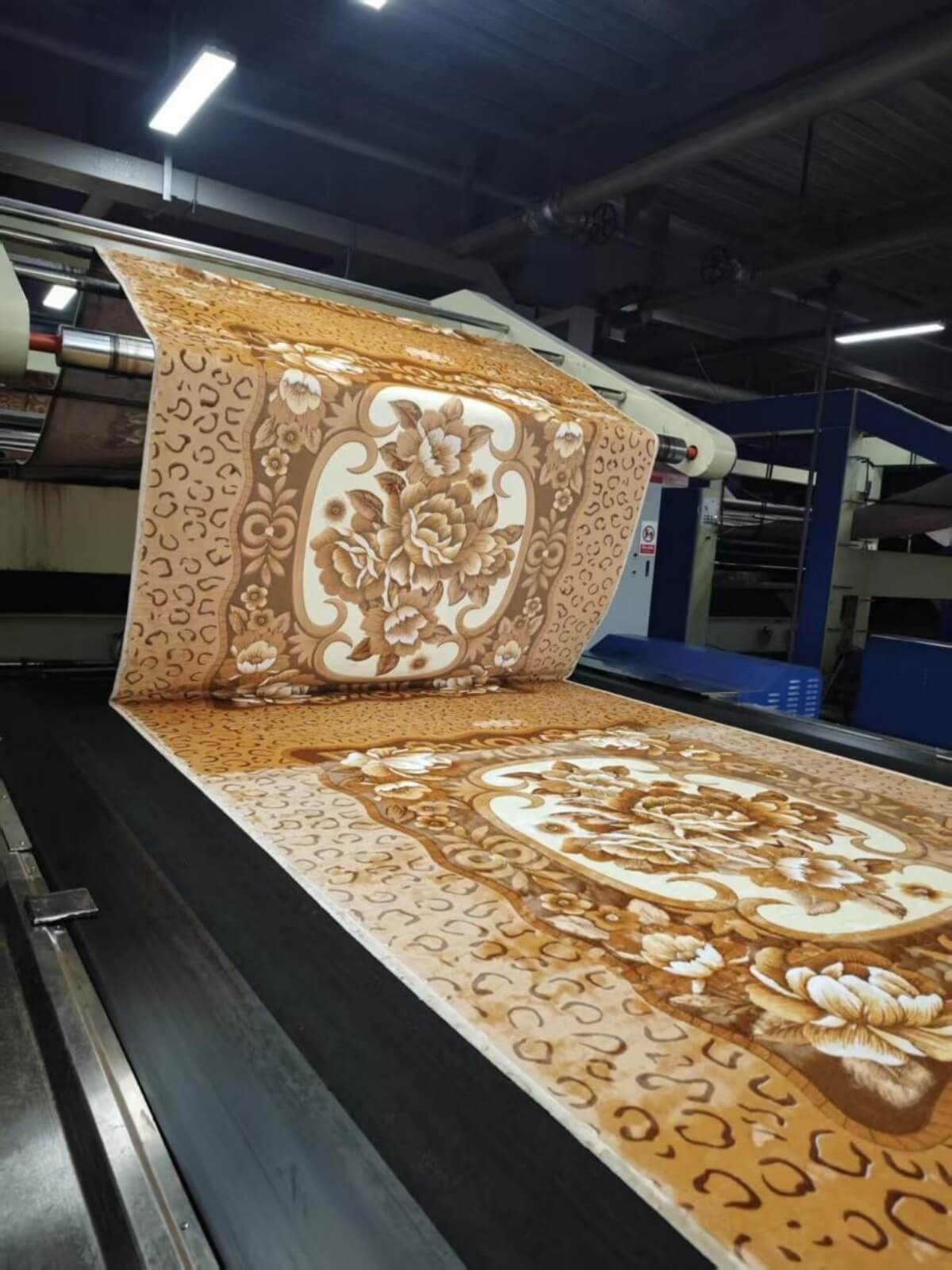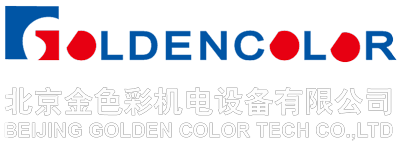The textile industry, as an important part of the global economic system, has a long history and extensive industrial influence, and ink dispensing System has a close connection with it. The development of the textile industry is not only related to the daily clothing needs of the people, but also closely linked to many related industries such as chemical engineering, machinery, and retail, occupying a prominent position in the international trade pattern. Against the backdrop of the current global economic integration, rapid technological progress and increasingly diverse consumer demands, the international textile industry is undergoing profound changes. It is confronted with numerous challenges as well as unprecedented development opportunities. An in-depth exploration of the current situation of the international textile industry and an accurate grasp of its development trends are of great significance for textile enterprises in various countries to formulate scientific and reasonable strategic decisions and promote the sustainable development of the industry.

Fluctuations in raw material prices: The prices of raw materials in the textile industry, such as cotton and chemical fibers, are frequently affected by various factors including global supply and demand, climate change, and geopolitics. For instance, the price of cotton may rise due to reduced production caused by weather disasters in major cotton-producing areas, while the price of chemical fibers may be affected by factors such as fluctuations in oil prices. The instability of raw material prices has increased the difficulty for textile enterprises to control production costs. It is hard for enterprises to accurately estimate production and operation costs, which brings challenges to their production plans and pricing strategies.
Rising labor costs: Globally, labor costs are on the rise. With the development of the economy and the improvement of living standards, workers' demands for salary and benefits, working environment, etc. are constantly increasing. Especially in some traditional major textile countries, such as China and India, the increase in labor costs has led to a significant rise in the production costs of enterprises. To reduce labor costs, some enterprises have begun to relocate their production bases to regions with lower labor costs. However, this also faces new challenges, such as cultural differences and incomplete infrastructure.
There are many kinds of chemical raw materials, many of which are easy to peel, easy to oxidize, expensive, manual deployment of large workload, easy to produce errors resulting in raw material waste. The chemical liquid dispensing system developed by our company can realize one-stop dispensing of liquid raw materials. As many as 120 species of materials are distributed. Automatic mixing of materials after dispensing, the whole process of raw materials in a centralized closed storage, centralized pipeline transportation, effective isolation of air, prevent material from crueling oxidation. Customers generally respond that after using this system, batching efficiency is improved, material waste is reduced and economic benefit is greatly improved.
The popularization of intelligent manufacturing equipment: Intelligent manufacturing and artificial intelligence technologies will accelerate the intelligent upgrade of the textile industry. It is expected that by 2025, the penetration rate of intelligent production equipment will exceed 70%. Intelligent production equipment can achieve automated control of the production process, quality monitoring and data analysis, improving production efficiency and product quality. For instance, intelligent textile machinery can automatically adjust the production process based on preset parameters, monitor product quality in real time, and promptly identify and solve problems in the production process. Artificial intelligence technology can be applied in production scheduling, equipment maintenance and other aspects to optimize the production process and improve the operational efficiency of enterprises.
Improvement of digital supply chain management: During the process of intelligent upgrading, textile enterprises will pay more attention to the improvement of digital supply chain management. By leveraging technologies such as the Internet of Things and big data, real-time information sharing and collaborative operation among all links in the supply chain can be achieved, enhancing the transparency and response speed of the supply chain. Enterprises can grasp information such as raw material inventory, production progress, and logistics distribution in real time, adjust production and distribution plans promptly based on market demand, reduce inventory costs, and enhance customer satisfaction. Meanwhile, digital supply chain management can also help enterprises better cope with market changes and risks, and enhance their competitiveness.
The international textile industry is currently characterized by a continuous growth in market size, distinctive regional development, diversified raw material supply, advancement towards intelligent production and manufacturing, as well as constant innovation in sales channels. However, the development of the industry is also confronted with many problems such as environmental protection pressure, rising costs and challenges in technological innovation. Looking ahead, sustainable development, personalized customization, intelligent upgrading and the exploration of emerging markets will become the main development trends in the international textile industry. Textile enterprises in all countries should actively respond to challenges, seize development opportunities, and enhance their competitiveness in the international market through strategies such as strengthening technological innovation, promoting green production, optimizing supply chain management, and expanding emerging markets, so as to achieve sustainable development of the industry. Meanwhile, the government and industry associations should also play an active role, formulate relevant policies and standards, guide the healthy development of the industry, and promote the international textile industry to continue to play an important role in the global economic landscape.
Post time: May-19-2025


